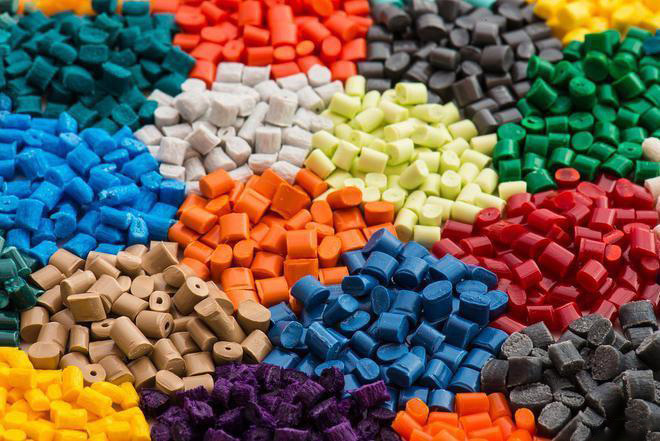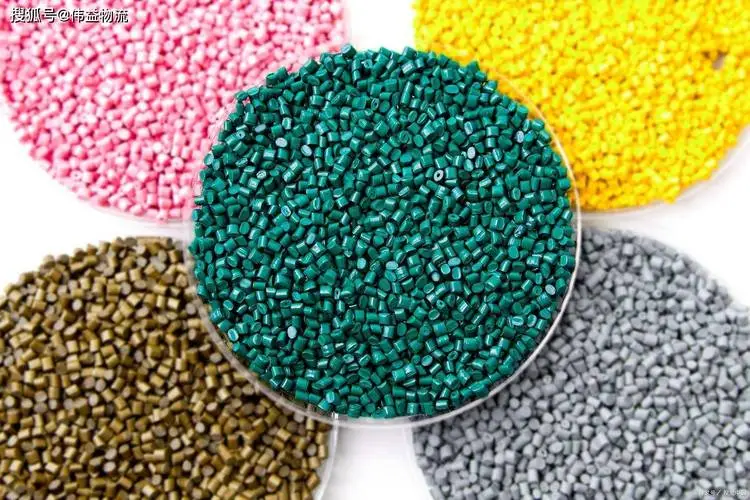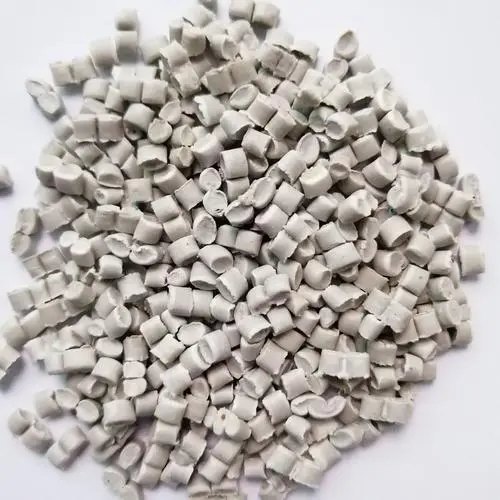The synthesis method and optimization strategy of polymer particles
Release Time:
May 23,2024
The synthesis method and optimization strategy of polymer particles Polymer particles have a wide range of applications in various industries, including drug delivery, cosmetics, and electronics.

The synthesis method and optimization strategy of polymer particles
Polymer particles have a wide range of applications in various industries, including drug delivery, cosmetics, and electronics. The synthesis of polymer particles plays a crucial role in determining their properties and performance. In this article, we will discuss the synthesis method and optimization strategy of polymer particles.
Synthesis method
There are several methods for synthesizing polymer particles, including emulsion polymerization, suspension polymerization, and miniemulsion polymerization. Emulsion polymerization is the most commonly used method for producing polymer particles with a narrow size distribution and controlled morphology. In this method, monomers are dispersed in water with the help of surfactants and stabilizers. The polymerization reaction is then initiated by adding a catalyst or heat, resulting in the formation of polymer particles.
Suspension polymerization is another method for synthesizing polymer particles, where monomers are dispersed in a non-aqueous solvent with the help of a stabilizer. The polymerization reaction is initiated by adding a catalyst or heat, leading to the formation of polymer particles suspended in the solvent. This method is suitable for producing polymer particles with a high molecular weight and uniform size distribution.
Miniemulsion polymerization is a variation of emulsion polymerization, where monomers are dispersed in water with the help of a surfactant and a co-surfactant. The polymerization reaction is initiated by adding a catalyst or heat, resulting in the formation of polymer particles with a smaller size and higher stability compared to conventional emulsion polymerization.
Optimization strategy
To optimize the synthesis of polymer particles, several factors need to be considered, including monomer selection, surfactant choice, reaction conditions, and post-polymerization treatments. The choice of monomers will determine the properties of the polymer particles, such as their thermal stability, mechanical strength, and biocompatibility. Surfactants play a crucial role in stabilizing the polymer particles and preventing their agglomeration during the synthesis process.
Reaction conditions, such as temperature, pressure, and stirring speed, also have a significant impact on the size, morphology, and properties of the polymer particles. By controlling these parameters, researchers can fine-tune the synthesis process and optimize the performance of the polymer particles for specific applications. Post-polymerization treatments, such as solvent extraction, washing, and drying, are essential for removing impurities and residual monomers from the polymer particles.
In conclusion, the synthesis method and optimization strategy of polymer particles are critical for controlling their properties and performance. By selecting the appropriate synthesis method, optimizing the reaction conditions, and conducting post-polymerization treatments, researchers can produce polymer particles with tailored properties for various applications. Further research in this field is needed to develop new synthesis methods and optimization strategies for producing polymer particles with advanced properties and functionalities.
Keywords:
More information






